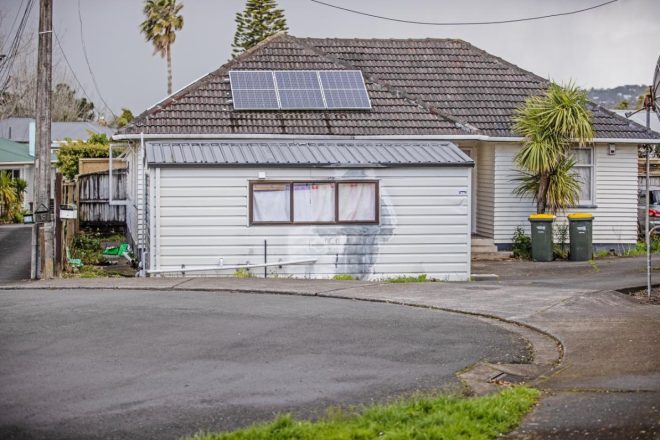奥克兰市议会证实,新林恩的一所房屋被用作非法寄宿房,而不是像其所有者苏赫杰夫·辛格所说的那样被用作普通住宅。该房屋位于Hinekohu街,价值110万美元,用于提供紧急住房和短期住宿。
由于非法使用该物业,该委员会于2015年12月首次发布了修复通知。2022年3月,一项检查显示,有五名租户住在主屋的独立卧室里,两名租户住在改建后的车库里。该委员会没有发现允许这种用途的许可证,因为这种用途有更严格的消防安全要求。
此外,该委员会发布了车库的危险和不卫生建筑物通知,理由是燃气装置不安全,有火灾损坏的迹象。车库单元被认为不干净,窗户破损,不符合基本生活标准。
到2022年11月,这些问题仍未得到解决时,该委员会发布了侵权通知。辛格声称他已经完成了必要的工作,并要求撤回通知。但是,理事会不同意。然后,辛格将此事提交商业、创新和就业部审查。
辛格辩称,该物业用于应急住房,由于它只能容纳五人,因此应将其视为一个家庭。他说车库很安全,煤气供应已经中断。该委员会反驳说,居民人数并未决定它是否是寄宿房。
该部的顾问佩塔·赫德裁定,主屋被用作 “睡眠场所”,而不是作为一个家庭使用。但是,她指出,车库可以作为 “独立住宅”,因为它可以容纳一个家庭。
赫德表示,辛格没有向理事会通报用途的变化,这违反了《建筑法》。尽管如此,她发现该委员会要求他提交额外报告的要求在法律上不可执行。
该委员会关于车库危险的评估得以维持,但关于车库不卫生的说法却不成立。因此,赫德建议撤回有关不卫生条件的主屋和车库的修复通知。
辛格在Hinekohu街拥有三处房产,其中包括另一处用于紧急住房的房产。他的建筑顾问艾伦·莱特不同意部分裁决,但承认可以上诉。他指出,《建筑法》允许将一些居住者少于六人的寄宿公寓视为独立住宅。
该委员会的合规经理阿德里安·威尔逊表示,他们正在审查该决定,以考虑重新发布必要的通知。





























































